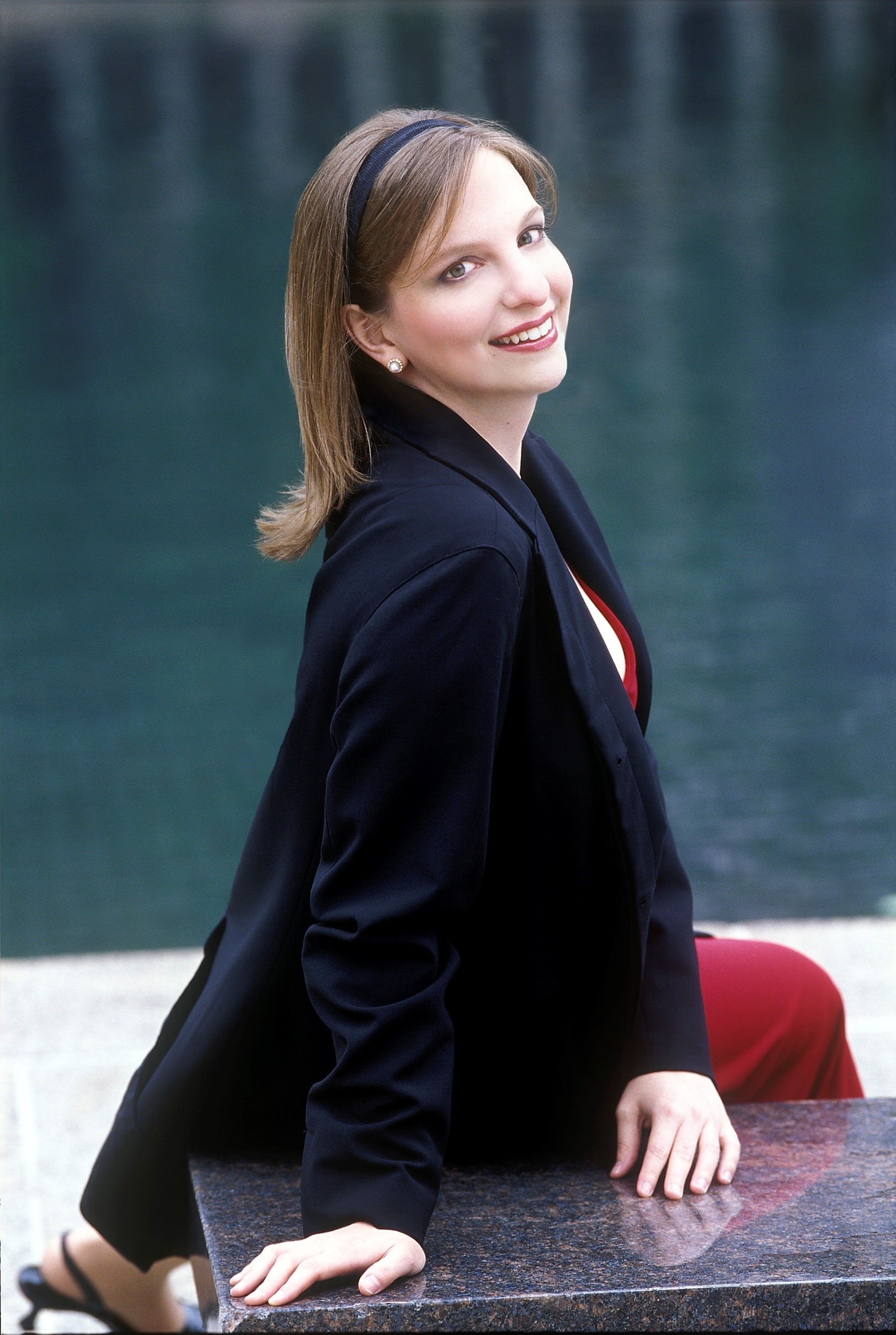While many have been enchanted by the captivating talents of Orli Shaham, pianist and curator for Pacific Symphony’s cherished Café Ludwig chamber series performed in the intimate Samueli Theater—the upcoming Classical series concert offers a chance to hear her virtuosity in the center of the acoustical wonder of the Renée and Henry Segerstrom Concert Hall. Shaham, a “first-rate Mozartean” according to the Chicago Tribune, joins the full orchestra to perform the composer’s sunny Piano Concerto No. 17, with the famous third movement theme inspired by Mozart’s melodic pet starling.
Opening the program is Ravel’s “Alborada del gracioso,” incorporating mesmerizing Spanish musical themes. And to conclude the evening is Strauss’ tone poem “Don Quixote,” inspired by the Cervantes novel, with the solo cello—the Symphony’s own Timothy Landauer—starring as the “ingenious gentleman,” Don Quixote de la Mancha.
The experience is enhanced by image magnification on the big screens throughout the performance for a closer look at the soloists, Music Director Carl St.Clair and the musicians of Pacific Symphony. Entitled “Mozart & Don Quixote,” the concert takes place Thursday through Saturday, May 18-20, at 8 p.m., in the Renée and Henry Segerstrom Concert Hall. A preview talk with Alan Chapman begins at 7 p.m. Tickets are $25-$125 (Box Circle, $195). For more information or to purchase tickets, call (714) 755-5799 or visit www.PacificSymphony.org.
The concert’s centerpiece is one of Mozart’s many piano concertos, his 17th, which displays a breath-of-fresh-air charm expressed in the opening theme of the work’s first movement and in the elegant passagework heard from the piano. However simple the theme may seem at first, it leads to a flourish of intricate finger work that builds toward a big cadence and obligatory trill, and also contains a short phase that is dark and romantic, with daring arpeggios in the piano against slower chord progressions in the winds and strings. It is music of technical genius, but also, in Mozart’s own words, “written in such a way that the less learned cannot fail
to be pleased, though without knowing why.” Oh, and it was in some part, thanks to a little bird.
In May 1784, Mozart bought a pet starling that learned to whistle the first five measures of the composer’s 17th Piano Concerto finale. There is an argument as to which came first—the bird or the tune. But since starlings are virtuoso mimics, have an uncanny ear for musical patterns, and Mozart indicated his concerto was finished (having entered it in his catalog) before he bought the bird— it’s likely that it was the composer who taught the tune to the starling, and not the other way around! One way or another, Mozart and his little feathered friend landed on the 17-note theme for this concerto’s finale with only minor incidents—the bird always sang one note sharp and held another too long. (When the bird died in 1787, Mozart administered last rites, read a poem he had written in its honor, and buried it with great solemnity in his garden.)
Mozart’s 17th is one of three piano concertos composed in the same month in spring 1784. It was written for one of his most gifted students, Barbara Ployer, who paid him generously for it. As noted, it is music of enormous complexity, yet it manages to be beautifully transparent and a little something else… The main key, G major, was one in which Mozart set some of his most lyrical and innocent comedy. The graceful first movement not only opens with an abundance of inventive melodies but also flourishes of Mozart’s lighter, more humorous side.
Joining Mozart’s concerto on the Symphony’s program is a little Spanish jewel by Ravel with its own sparkle of humor. The title of the piece is “Alborada del gracioso,” which is most often translated as “Morning Song of the Jester.” But at the time it was written, it caused some confusion as to what it really meant. Literally, an alborada is a song sung at dawn, and a gracioso is a funny or amusing person.
In 1907, asked about the meaning of the title, Ravel responded: “I understand your bafflement over how to translate the title ‘Alborada del gracioso.’ That is precisely why I decided not to translate it. The fact is that the gracioso of Spanish comedy is a rather special character and one, which, so far as I know, is not found in any other theatrical tradition. We do have an equivalent, though, in the French theater: Beaumarchais’ ‘Figaro.’ But he’s more philosophical, less well-meaning than his Spanish ancestor.”
Ravel’s “Morning Song” started out as a piano piece, the fourth number in the composer’s “Miroirs.” The set bridges the composer’s years as an up-and-comer and those he lived after gaining celebrity. He wrote the “Alborada” in 1905, and orchestrated the movement
in 1918; it premiered the following year in Paris. Pizzicato violins and harps set a Spanish scene
for this petite beauty, eight minutes in length. A long bassoon solo begins the jester’s earnest but awkward serenade, with rhythmic punctuations framed by a seguidilla (a Spanish dance traditionally accompanied by guitar).
As for “Don Quixote,” Strauss admitted that his imagination was often inspired by stories. Program music—instrumental music that makes specific references to episodes in a literary text—was popular but quite controversial in the late-19th century. The Symphony’s concert ends with this magnificent tone poem based on the novel “Don Quixote” by Miguel de Cervantes, composed in Munich in 1897. Subtitled “Fantastic Variations for Large Orchestra on a Theme of Knightly Character“—“Don Quixote” features the solo cello as the main character, Quixote, and the solo viola as his sidekick Sancho Panza. It consists of an introduction, 10 variations and a finale. Each variation is based on a chapter from Cervante’s novel, although not in the order they were originally written.
Strauss’ “Don Quixote” was composed in a theme and variations form. It begins with the hero, who in an effort to escape the harsh realities of life has lost himself (and his mind) by reading too many novels.
“Finally, from so little sleeping and so much reading, his brain dried up and he went completely out of his mind,” wrote Cervantes.
The errant knight is a tremendously kind and sincere soul and also hyper-conscientious—his heart bleeds for beggars, mothers in mourning, the underdogs of the world and all those who go unloved. He also yearns to amend for his own misdeeds. Quixote follows his dreams, determined to create a vision of the world as a better place. Now imagine all this grand and dramatic story set to music.
In 1897, Strauss said of “Don Quixote”: “Too much sanity may be madness. And maddest of all, to see life as it is and not as it should be.”
Pacific Symphony’s Classical Series is made possible by the Hal and Jeanette Segerstrom Family Foundation, and receives additional support from The Westin South Coast Plaza, KUSC and PBS SoCal.
Janelle Kruly
Public Relations and Social Media Manager



















